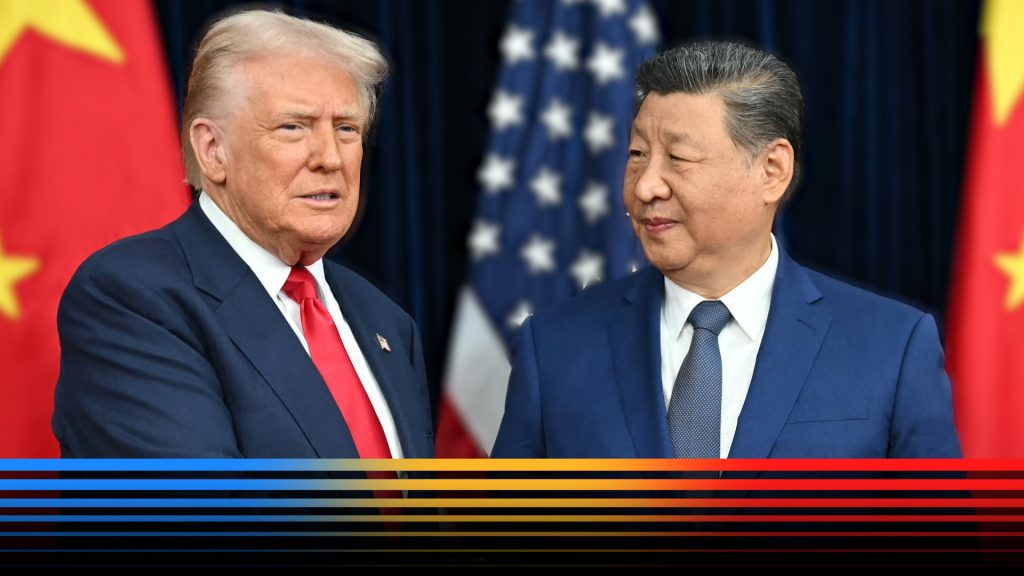Trump meets Xi: How media spins summits into win-loss contests

President Donald Trump’s recent meeting with China’s President Xi Jinping has drawn sharply contrasting coverage from left and right-leaning media, exposing patterns of bias in how high-profile diplomatic events are reported. The two political sides of the media frame the facts differently.
MSNBC largely emphasized U.S. weakness in its coverage, framing the outcome of the meeting as a loss for the U.S. and describing Trump’s approach as a “game of chicken” that left America looking weak on the world stage. Headlines from left-leaning media suggested that Xi “walked away stronger” and framed the summit as a win for China.
Meanwhile, Fox News largely praised Trump’s performance, highlighting the country’s strength under Trump and calling the trip “a success.” Headlines from right-leaning media emphasized quotes, like an “amazing” meeting that was a “major accomplishment.”
All about media ‘spin’
Media watchdog group AllSides identifies this type of media coverage as “spin,” a form of bias where reporters combine multiple types of bias — including sensationalism, selective word choice or opinion presented as fact — to create a narrative that extends beyond the basic facts.
The pattern isn’t unique to China. Trump’s Oval Office meetings with South Africa’s president and Ukraine’s President Volodymyr Zelenskyy drew similar polarized reporting, with left-leaning outlets portraying the U.S. president as hostile, and right-leaning outlets framing Trump as effective.
Across these high-profile meetings, media framing often overshadows the facts, turning diplomatic interactions into a contest of who “won” or “lost.” Recognizing these patterns is key to understanding how bias and spin shape public perception.
The post Trump meets Xi: How media spins summits into win-loss contests appeared first on Straight Arrow News.





